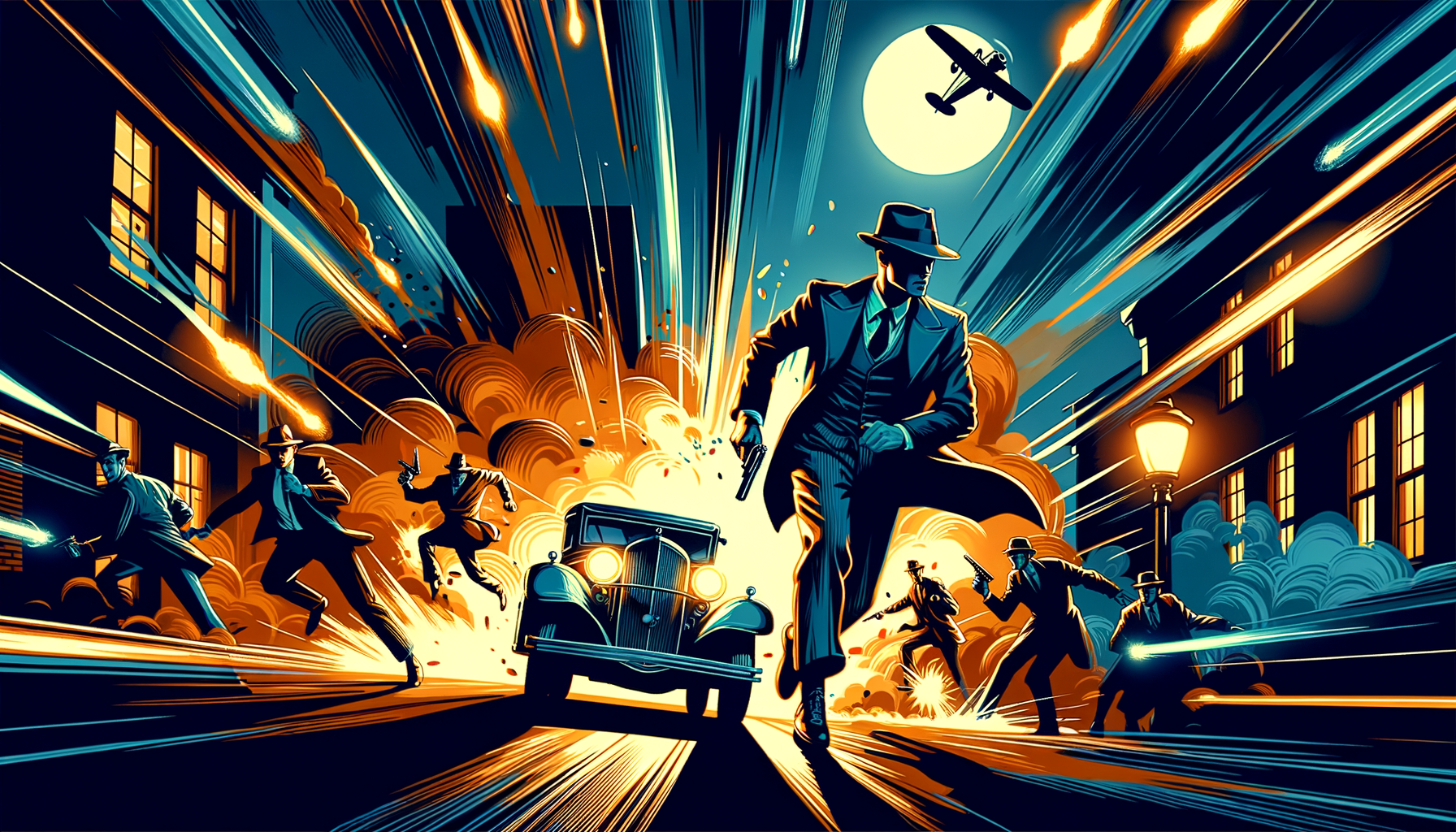- Home
- Screenwriting
- Mastering High-Stakes Action: Writing Tips for Thrilling Scenes

Mastering High-Stakes Action: Writing Tips for Thrilling Scenes
Crafting scenes that get your readers’ hearts racing can be one of the most exhilarating aspects of writing. High-stakes action scenes are not just the domain of thrillers and adventure stories; they can bring dynamic energy to any genre. Whether it’s a pivotal battle, a daring escape, or a high-speed chase, these moments can elevate your narrative and deepen your characters. Here are some tips to help you master the art of writing thrilling scenes.
1. Build a Strong Foundation with Stakes
Before delving into the action, ensure your readers understand what’s at risk. High stakes are the lifeblood of a thrilling scene. Whether it’s the fate of the world, the survival of a beloved character, or the success of a critical mission, make sure the stakes are clear and significant. This doesn’t always mean they have to be grandiose; personal stakes can be just as compelling. What matters is their importance to the characters involved.
2. Use Tight, Energetic Writing
Action scenes benefit from concise, dynamic prose. This is not the place for lengthy descriptions or introspective character monologues. Short, punchy sentences keep the pace moving and mimic the rapid-fire events of the scene. Active voice and strong verbs contribute to the immediacy and intensity of the action. Remember, every word should propel the scene forward and keep the reader gripped.
3. Create Clarity
While it’s important to maintain a brisk pace, clarity should never be sacrificed. Readers need to be able to visualize the action and understand what’s happening. Avoid overly complex descriptions that might confuse. Instead, focus on clear, vivid imagery and spatial awareness, so readers can follow the scene with ease. Think about the geography of your setting and the positioning of your characters. This grounding will make the action more tangible and engaging.
4. Diversify Perspectives
Switching points of view can add depth to your action scenes. While you might have a main character whose perspective drives the narrative, consider moments where other viewpoints can intensify the drama. Seeing the action from the antagonist’s perspective, or even a bystander’s, can add layers and complexity. However, be cautious not to head-hop excessively, as this can lead to confusion. Each perspective shift should serve a clear purpose and enhance the overall impact of the scene.
5. Incorporate Sensory Details
Action scenes are not just about what characters see; they’re about what they hear, smell, taste, and touch. The screech of tires, the tang of blood, the sting of smoke—these details immerse readers in the experience. Sensory information can heighten the realism of a scene and make the action more visceral. When used effectively, it can create an almost cinematic experience, engaging the reader’s emotions and senses.
6. Don’t Forget the Emotional Impact
Action for the sake of action can fall flat. The best high-stakes scenes are those that change the characters involved in some way. Consider the emotional impact of the scene and how it affects the characters’ arcs. Fear, exhilaration, despair, and determination are just a few emotions that can be explored. The physical action should be mirrored by an internal journey, adding depth and resonance to the scene.
Conclusion
Writing high-stakes action scenes is both an art and a craft. By focusing on clear stakes, tight writing, clarity, perspective, sensory details, and emotional impact, you can create thrilling moments that captivate your readers. Remember, action scenes are opportunities to showcase your characters at their most vulnerable and their most heroic. With practice and attention to these elements, you can master the art of crafting scenes that pulse with energy and excitement.






